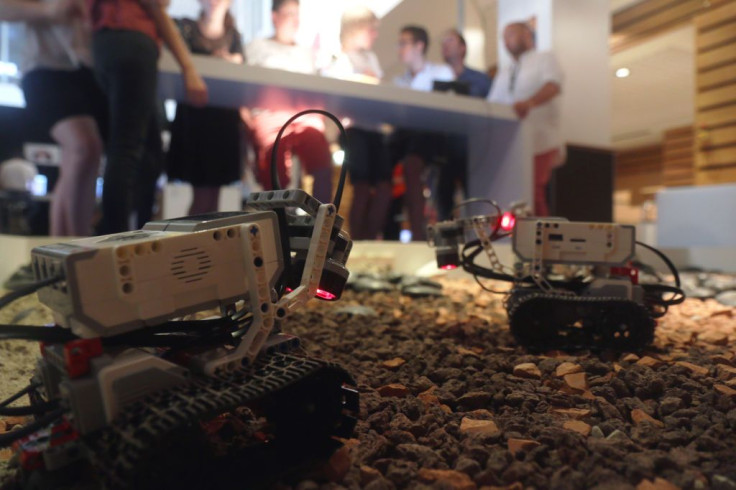Life On Mars: Future Human Colony Could Live In ‘Tower-Like’ Dwellings

The possibility of humans going to Mars gets clearer every day. Various international space agencies have begun training and simulating Martian environments for the very real opportunity of men setting a colony on the Red Planet.
But is it truly possible for humans to survive on planet Mars? NASA thinks so and now we have a better picture of how or where people could live should a Mars colony exist in the future. The U.S. space agency recently announced the finalists of an ongoing design competition which called for engineers to come up with sustainable dwellings that are possible to 3-D print on Mars.
The finalists are SEArch+/Apis Cor of New York for first place, Zopherus of Arkansas in second and Mars Incubator of Connecticut who took the third spot. All three will share the $100,000 prize from NASA.
All three will move on for the final design challenge and the top designer will get a cash prize of $800,000.
The competition was launched back in 2005 as part of NASA’s Centennial Challenge. This program tries to get the public involved by encouraging people to suggest advanced technology developments. The challenge includes the 3-D printed habitat challenge, a Cube Quest challenge and a robotics challenge among others.
The three habitat designs are futuristic and one-of-a-kind. According to this report, the top design from SEArch+/Apis Cor looks like a winding tower that was conceptualized with “continuous reinforcement” in mind.
The Zopherus design, on the other hand, showcases dome-like structures with a diamond mesh cover while the Mars incubator presents four connected dome structures with provisions for a Martian “bio-generation area for plant growth.”
NASA plans to start sending humans to the Red Planet by 2033 as part of the space agency’s mandate to once more dominate the Earth’s space industry. Part of the plans is to first send landers on Mars to set-up human habitats before they can be flown for the mission.
Before Mars, NASA also plans to set up a “Moon colony” first by once more sending U.S. astronauts to the lunar surface. NASA plans to build a Moon space station where various studies of surrounding space can be conducted.
© Copyright IBTimes 2025. All rights reserved.





















